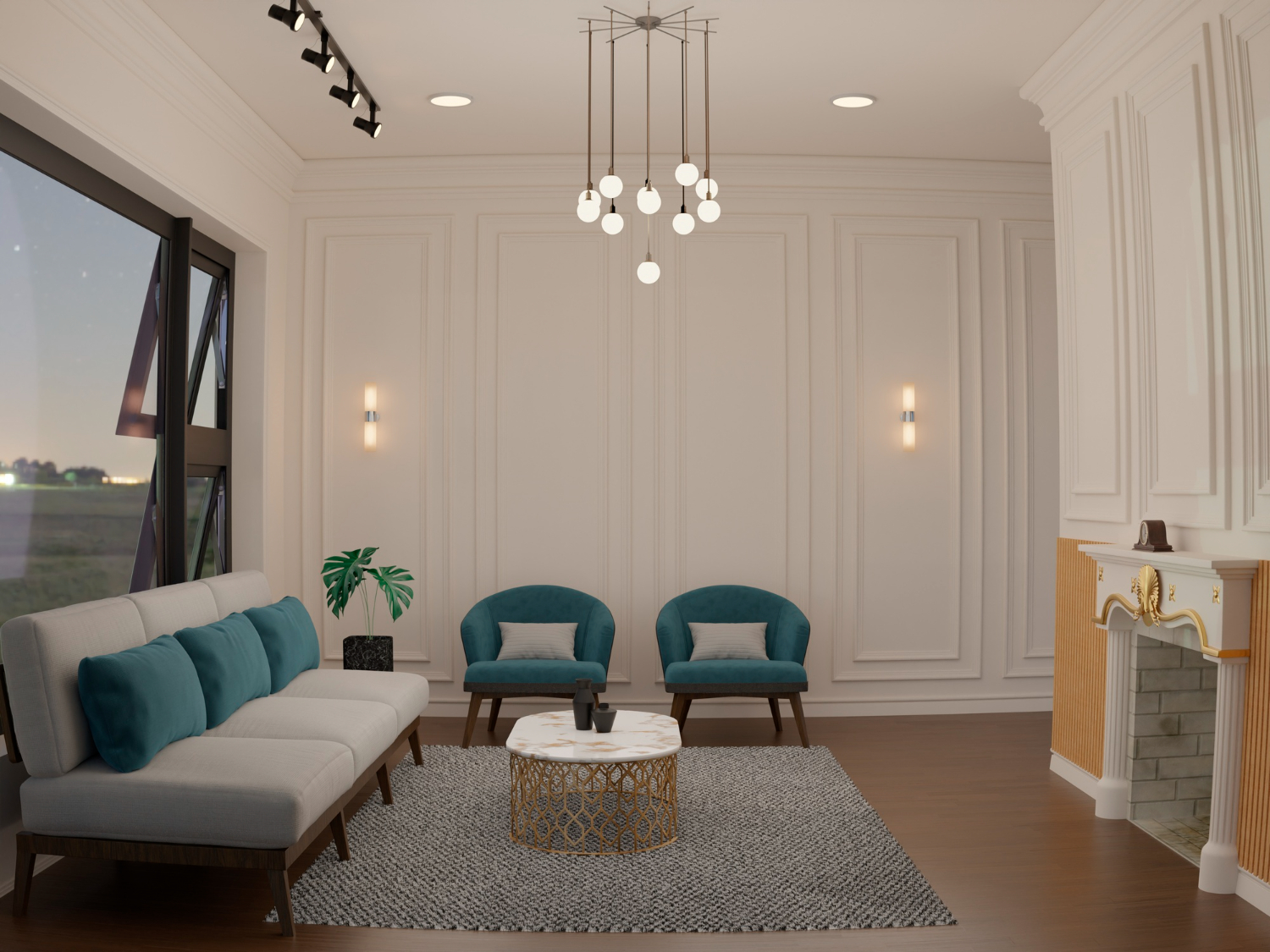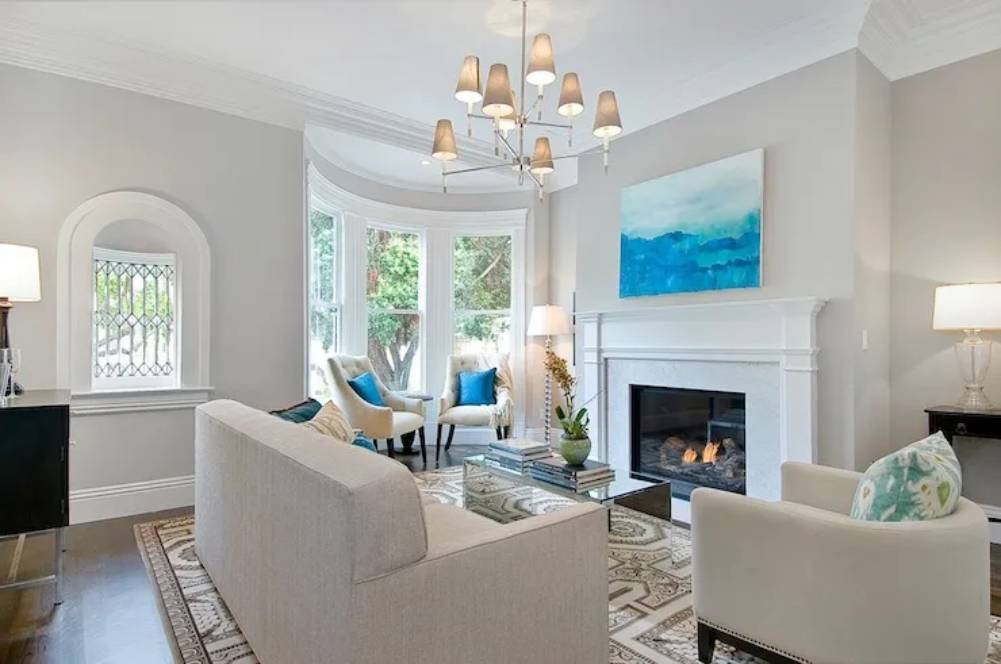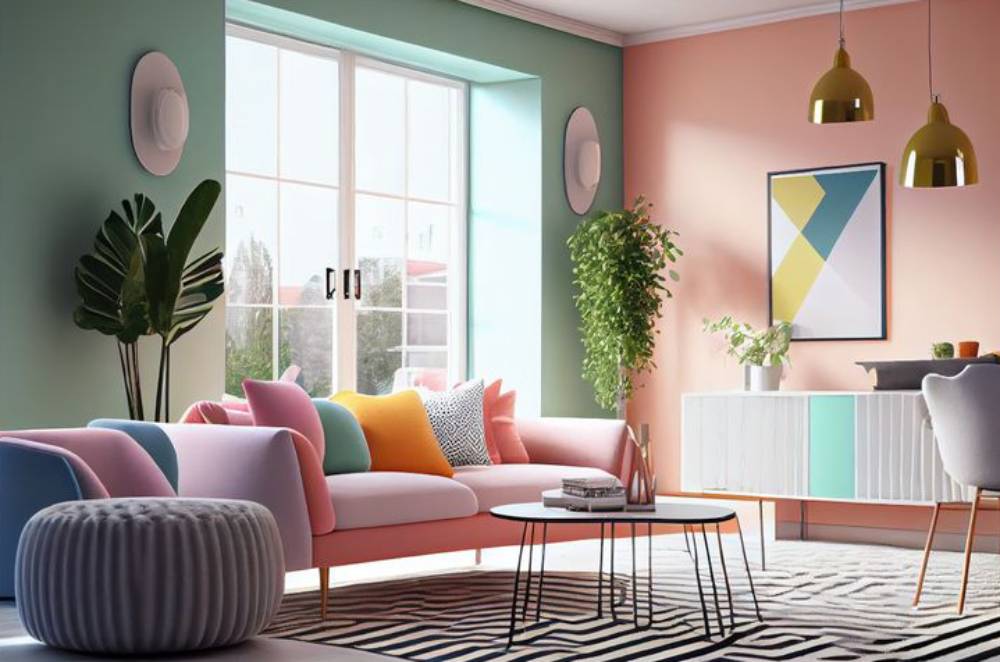
Creating a Stress-Free Home Environment with Color Psychology
In today’s busy world, finding a calm and stress-free home is more important than ever. Our homes should be safe havens. They let us relax, recharge, and escape the chaos outside. A strong but often ignored tool for finding calm is using colour wisely. Colour psychology looks at how colours affect our feelings and actions. We can use this knowledge to design a calm and peaceful living space.
This blog will explore colour psychology. We’ll see how choosing the right hues can turn your home into a calm haven. We will clear up common myths about colour use. We’ll show how colours can improve your mood. Plus, we’ll give tips for adding calming colours to your home design.
Key Benefits: Why Colour Psychology Matters

The Science Behind Colour and Emotion
Colour psychology is not just an abstract concept; it is grounded in scientific research. Different colours can trigger certain emotions. They can affect our mood, energy, and even our choices. For example, blue is often associated with calmness and serenity, while red can evoke feelings of excitement or urgency. Knowing these links helps us make smart choices when we design our homes.
Real-Life Applications: Creating a Stress-Free Interior
Applying colour psychology in your home can have tangible benefits. Imagine walking into a room painted in soothing shades of green or soft pastels after a long, stressful day. These colours can help lower your heart rate, reduce anxiety, and promote relaxation. By carefully selecting colours that align with the mood you wish to create, you can transform your home into a stress-free sanctuary.
Data-Backed Insights: The Impact of Colour on Wellbeing
Studies have shown that colour can significantly impact our wellbeing. A study in the Journal of Environmental Psychology found that people in blue and green settings felt more relaxed and less stressed. This data highlights how choosing the right colours can boost mental health and well-being.
Step-by-Step Guide: Incorporating Relaxing Home Colours
Step 1: Identify Your Desired Mood
Before selecting colours, consider the mood you want to cultivate in each room. Do you want your bedroom to be a peaceful retreat? Are you looking for a vibrant and energising kitchen? Identifying your desired mood will guide your colour choices.
Step 2: Choose the Right Colours
- Blues and Greens: These colours are renowned for their calming effects. Soft blues and muted greens can create a serene atmosphere, perfect for bedrooms and living areas.
- Neutrals and Pastels: Neutral tones like beige and soft pastels such as lavender or peach can create a sense of tranquillity and openness, ideal for communal spaces.
- Earthy Tones: Colours like terracotta and warm browns can evoke a sense of grounding and stability, making them suitable for areas where you seek comfort and security.
Step 3: Use Colour Accents Wisely
While the primary colours set the tone, accents can add depth and interest to your décor. Consider incorporating pops of colour through cushions, artwork, or rugs. These accents can be in complementary colours to enhance the overall aesthetic without overwhelming the space.
Step 4: Consider Lighting
Lighting plays a crucial role in how colours are perceived. Natural light can enhance the calming effects of certain colours, while artificial lighting can alter their appearance. Opt for soft, warm lighting to complement your relaxing colour palette.
Step 5: Experiment with Textures
Incorporating different textures can add dimension to your colour scheme. Consider using textiles like soft throws, plush rugs, or woven baskets to create a cosy and inviting atmosphere.
Additional Expert Tips & Common Mistakes to Avoid

Best Practices for a Harmonious Home
- Consistency is Key: Maintain a consistent colour palette throughout your home to create a cohesive and harmonious environment.
- Balance Bold Colours: If you choose to incorporate bold colours, balance them with neutral tones to prevent them from becoming overwhelming.
- Personal Preference Matters: While colour psychology provides general guidelines, personal preference should always be a factor. Choose colours that resonate with you and make you feel comfortable.
Common Mistakes and Misconceptions
- Ignoring the Influence of Light: Failing to consider how lighting affects colour perception can lead to disappointing results. Always test colours in different lighting conditions before committing.
- Overlooking the Power of Accents: Neglecting the role of accents can result in a flat and uninspiring space. Use accents strategically to add interest and personality.
Advanced Insights: Expert Recommendations
Unique Industry Perspectives
Interior designers often emphasise the importance of layering colours to create depth and interest. By combining different shades and tones within the same colour family, you can achieve a sophisticated and nuanced look.
Lesser-Known Insights
Colour psychology is not limited to paint and textiles. Consider the impact of colour in unexpected areas, such as kitchen appliances or bathroom fixtures. These elements can contribute to the overall mood of your home.
Transforming Your Home into a Stress-Free Sanctuary

Creating a calm home with colour psychology blends science, creativity, and personal style. Understanding how colours affect emotions can help you turn your home into a haven for your well-being.
As you embark on this journey, remember that your home should reflect your unique personality and preferences. Take the time to experiment with different colours and observe how they make you feel. With patience and creativity, you can make your home both beautiful and a true haven.
Ready to transform your home with the power of colour? Start by exploring different colour palettes and experimenting with accents. Share your journey with us in the comments below – we’d love to hear how colour psychology has impacted your home!

